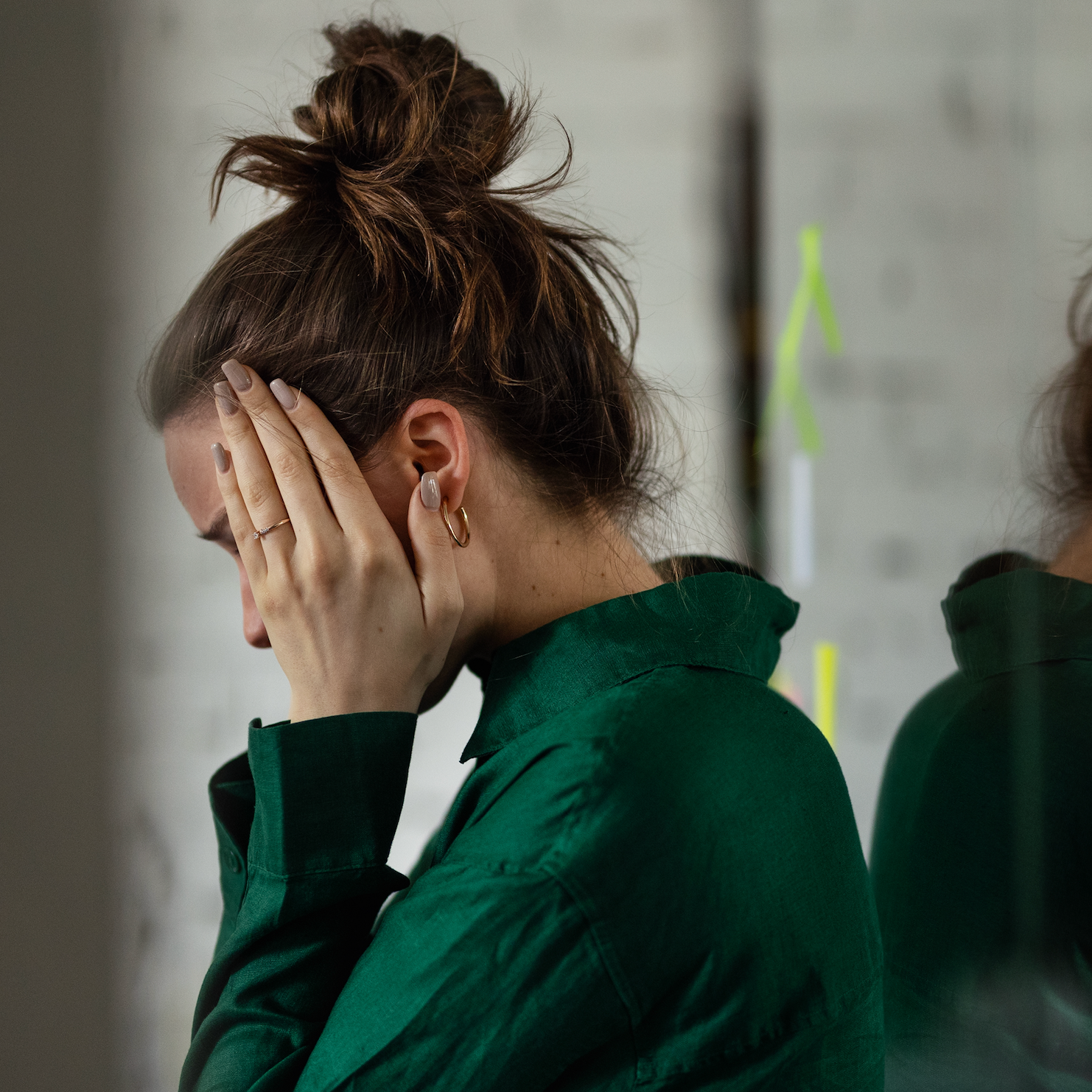"You Don’t Look Sick": Living and Advocating with PBC
Jeanine Mione shares her journey with PBC, shedding light on the realities of living with a chronic, invisible illness.
By
Lana Pine
| Published on May 28, 2025
4 min read
Credit: Adobe Stock/Halfpoint

Jeanine Mione knows what it’s like to feel completely alone in the face of a life-changing diagnosis. After a whirlwind few months of exhaustion and confusion, she was diagnosed with primary biliary cholangitis (PBC), a rare autoimmune liver disease. Now, two decades later, Jeanine shares what she’s learned about living with a chronic, invisible illness — from navigating treatment and symptoms to finding her voice and community.
How did your PBC journey begin? What were the first signs or symptoms that you noticed?
Jeanine Mione: I was working overseas in Amsterdam, managing a 24/7 job and running my own business. In late 2003, I started feeling an overwhelming exhaustion I couldn’t shake. No matter how much I slept, I was still tired. I began missing work, forgetting meetings — it wasn’t like me. Blood work showed elevated liver enzymes. An internist did more tests and eventually a biopsy. Four months later, I was diagnosed with PBC. I was lucky. Most people wait years for a diagnosis.
How has PBC changed your daily routine and lifestyle?
JM: I had to stop working. I’m on disability from the Netherlands because the U.S. didn’t recognize my condition as disabling — probably because I “look fine.” I now schedule my life around daily afternoon naps. If I don’t rest, I’m done for the day by 6 p.m. It’s a complete shift from how I used to live. I’ve also developed eight autoimmune conditions over time. I do what I can, when I can. If something doesn’t get done, I don’t beat myself up over it anymore.
What’s your experience with treatment?
JM: I started on ursodiol (Urso) right away, but it took nine years for my numbers to normalize. New second-line treatments weren’t available to me because I technically “responded” to Urso. Later, my numbers improved after starting fenofibrate for another issue — that might have helped. I’ve also had some pretty terrible reactions to medications, including one that severely damaged my vision. It’s trial and error.
What do people misunderstand about PBC and invisible illness?
JM: They don’t realize how debilitating it is. People hear “fatigue” and say, “Just take a nap.” But it’s not that kind of tired. It’s like your house is on fire, and you can’t get off the couch to escape. People see you and think, “You look OK.” But they don’t see the full picture. And the system is slow to catch up. Many doctors still treat based on outdated data. They don’t listen when patients say, “My labs are fine, but I feel awful.”
Have you been involved in advocacy or trials?
JM: Yes. I leave my card with every doctor so they can connect newly diagnosed patients to me. I tell people: Don’t trust Google — find a support group, like PBCers. I also participated in a clinical trial until COVID-19 forced me to stop. We need better-designed trials that don’t risk patients’ health just for the sake of placebo groups.
What advice would you give someone newly diagnosed with PBC?
JM: Find a community. Go to a conference. Meet people who are living full lives with this disease. Support groups aren’t just about friendship — they’re lifelines. Also, advocate for yourself. Ask questions. Bring someone with you to appointments if you need backup. Doctors are smart, but you know your body better. Be persistent. Be loud if you have to. You’re not alone.

